Discover the Handmade Wax Knife Behind an Ancient Art
If you've ever been captivated by the deep indigo blues and crisp white lines of traditional Chinese batik fabrics, you may have wondered how such intricate patterns are created. The answer lies in a small but powerful tool—the Miao batik knife, or what artisans simply call the wax knife.
Used for centuries by the Miao people of southwest China, this humble tool carries more than just melted wax. It holds tradition, memory, identity—and a story worth telling.

A Tool Born from Heritage
Batik, as a textile dyeing technique, exists in cultures across Asia and Africa. But Miao batik is something else entirely. Practiced by the Miao ethnic minority in Guizhou, China, this craft has remained largely unchanged for over two thousand years. What makes it truly unique is that the Miao never developed a written language. Instead, their textiles—especially batik—became their living script.
That’s where the batik tool comes in. This knife is more than a utensil; it’s a writing instrument, used to record myths, migrations, and memories. It turns molten beeswax into brushstrokes across fabric—each line intentional, each curve meaningful.

What Is a Miao Batik Tool, Exactly?
At first glance, the tool may look simple. A small copper or brass triangle forms the “blade,” firmly tied to a bamboo handle with fine wire. But in the hands of a skilled artisan, this becomes a pen, a brush, and a memory-carver all at once.
Each knife is handmade by local craftspeople. The blade is slightly hollowed in the center, helping it hold just the right amount of hot wax. Its slanted edge allows for smooth, flowing lines when dragged across tightly stretched cotton or linen fabric.
Some knives are designed for fine details (2.5–3.5 mm wide), while others are broader, perfect for bold, geometric shapes. Shapes vary too: triangular, half-moon, even axe-shaped blades appear depending on the region or motif being created.

Drawing with Wax: The Artistic Process
Before any dyeing happens, there’s the wax drawing. The fabric is first soaked and dried, then laid flat over a wooden board. Hot wax—often a mix of beeswax and resin—is carefully melted to the right consistency, about 60–80°C, then loaded into the knife.
There are no stencils, rulers, or tracing lines. Miao women draw freehand, from memory, instinct, and generations of practice. A single stroke of the knife may represent a butterfly, a fish, or even a story of migration. Mistakes aren’t erased—they become part of the piece’s character.
The covered areas resist dye. Once the fabric is dipped in indigo and the wax removed, the untouched areas reveal the original base color—forming the pattern. What remains is a reverse painting: created not by adding color, but by resisting it.

The Signature of Authenticity: Ice Cracks
If you ever examine an authentic piece of Miao batik up close, you’ll notice fine, unpredictable lines that resemble cracked ice. These aren’t flaws—they’re called “ice lines”, and they occur when the wax naturally cracks during the dyeing process.
These subtle lines allow just a whisper of dye to seep through, creating textures no machine could replicate. In fact, “ice lines” are considered the soul of real batik. Each one is unique, a product of both human craftsmanship and nature’s unpredictability.
More Than a Tool: A Symbol of Female Empowerment
Traditionally, batik was passed from mother to daughter. Every woman was expected to master it—not only to preserve the culture, but also to contribute to the family’s livelihood.
In modern times, the sale of batik has given Miao women greater economic independence. What was once a cultural expectation has become a source of empowerment. And at the heart of this transformation? The batik tool.
Buying or using one isn’t just about art. It’s about supporting female artisans, protecting intangible heritage, and keeping a meaningful craft alive.

Why It Still Matters
In today’s world of digital prints and fast fashion, the Miao batik tool stands out as a symbol of patience, purpose, and deep-rooted identity. It connects generations. It tells stories without words. And it reminds us that beauty often comes from imperfection—from the slight tremble of a hand, or the unpredictability of wax meeting dye.
Bring the Story Home
If you're drawn to this craft and want to explore it yourself, owning a Miao batik wax knife is a great place to start. Whether you’re a fiber artist, a cultural enthusiast, or simply someone who appreciates handmade beauty, this tool invites you to slow down and connect with something real.
Each knife is handcrafted by Miao artisans using traditional techniques. When you hold it, you're not just holding a tool—you're holding a piece of living history.

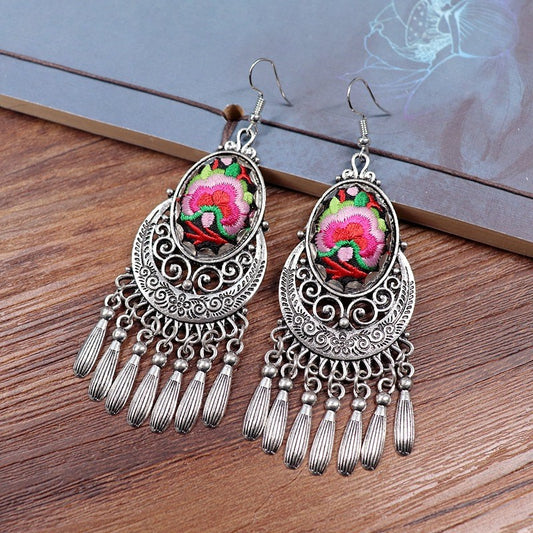
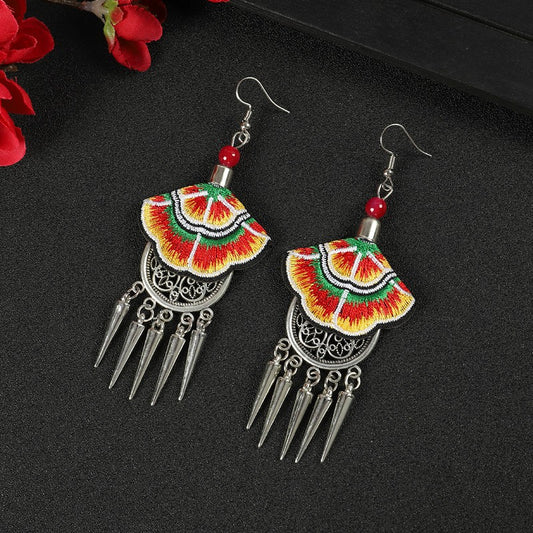
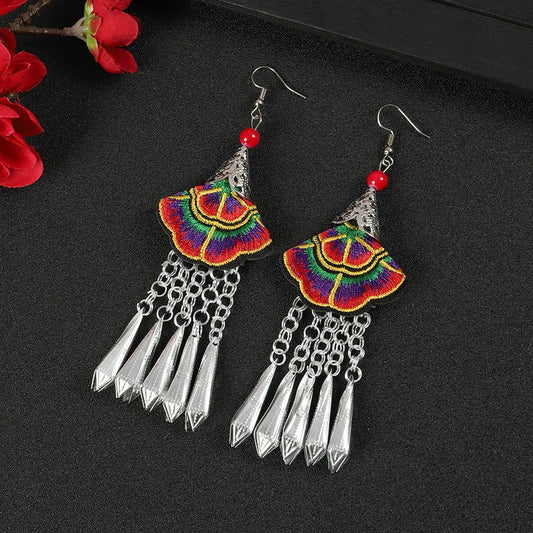
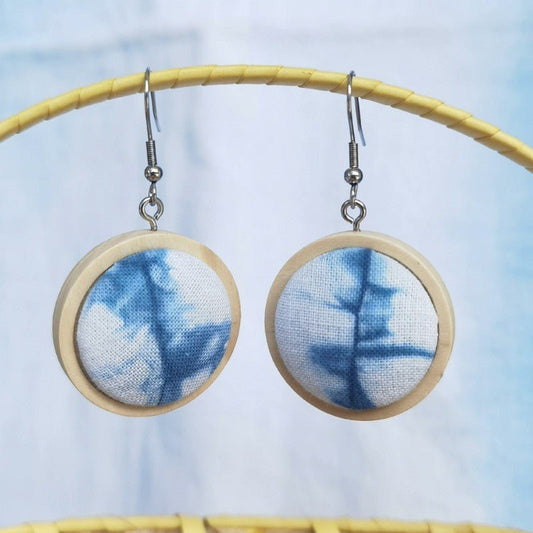
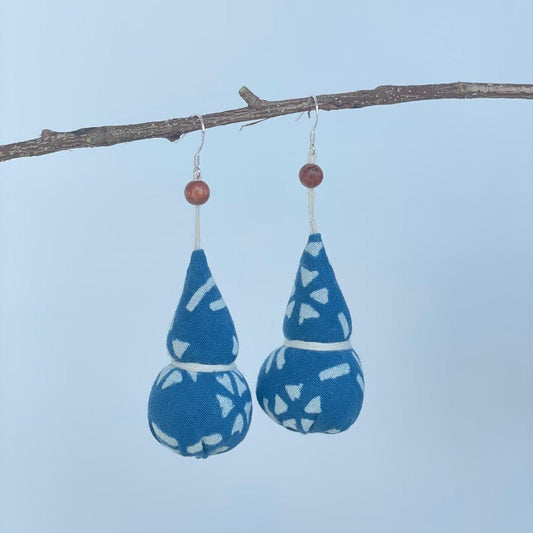

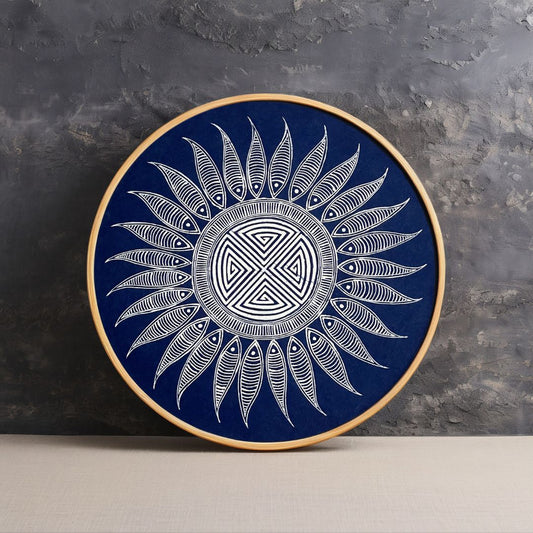
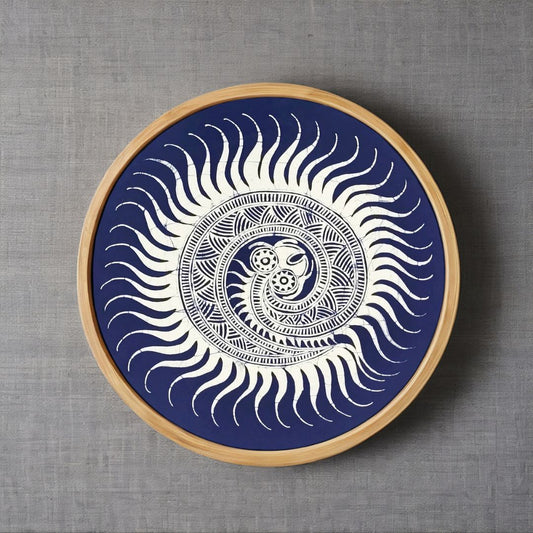

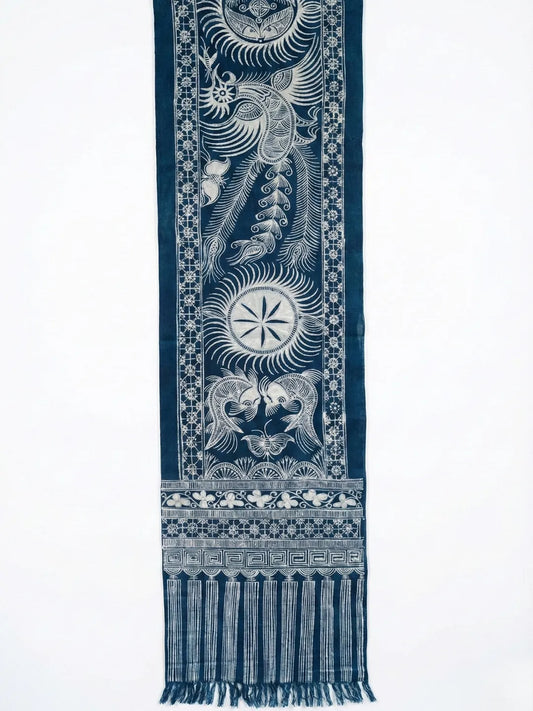
1 Kommentar
loved your tools. After reading the story, I’m curious how to use them, but I want to buy them. How can I?